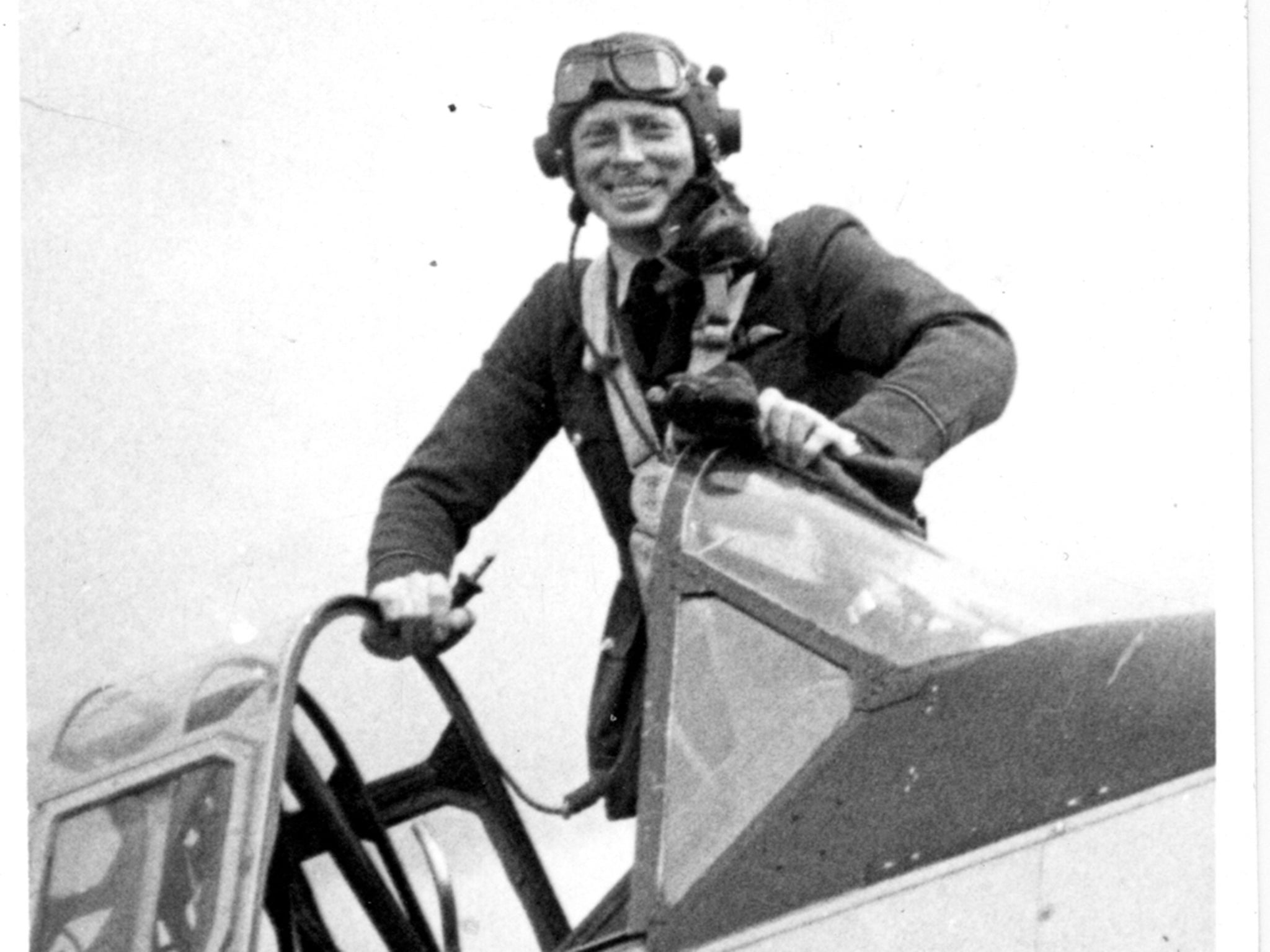Martin Cadman: Geologist and pressure-group activist whose son was killed in the Lockerbie bombing
Cadman was forensic in his search for the truth

Your support helps us to tell the story
From reproductive rights to climate change to Big Tech, The Independent is on the ground when the story is developing. Whether it's investigating the financials of Elon Musk's pro-Trump PAC or producing our latest documentary, 'The A Word', which shines a light on the American women fighting for reproductive rights, we know how important it is to parse out the facts from the messaging.
At such a critical moment in US history, we need reporters on the ground. Your donation allows us to keep sending journalists to speak to both sides of the story.
The Independent is trusted by Americans across the entire political spectrum. And unlike many other quality news outlets, we choose not to lock Americans out of our reporting and analysis with paywalls. We believe quality journalism should be available to everyone, paid for by those who can afford it.
Your support makes all the difference.Bill Cadman, a young theatre sound designer taking a Christmas holiday, was one of those who perished when the Pan Am airliner Maid of the Seas was brought down by a bomb over the Scottish town of Lockerbie on 21 December 1988 on its way to New York. His father, Martin, and his mother, Rita, became prominent members of that doggedly determined band of remarkable individuals widely known over the years as the British Lockerbie Relatives.
Dr Jim Swire, their chairman, told me, “It was a pleasure to have worked with Martin Cadman in trying to establish the truth about who murdered his son, Bill, and my daughter, Flora. Martin and I soon acquired a healthy distrust of the information provided by the governments of the US and the UK.”
I became publicly involved in the case following a visit to my house by a police sergeant, a constituent from South Queensferry, who had been assigned to the Lockerbie crash site. He had been shocked by the behaviour of US officials, which would have been totally unacceptable in a Scottish murder investigation.
After I raised these concerns in the House of Commons, Cadman contacted me to give vent to his huge dissatisfaction at the way the relatives were represented at the Scottish Fatal Accident Enquiry. Lawyers could not pull the wool over Cadman’s eyes – and that would be the case for the next 25 years.
Cadman, by profession a geological scientist, was forensic in his search for the truth. Did the tragic events originate in the shooting down of an Iranian airliner carrying pilgrims to Mecca by the USS Vincennes in 1988? What was the role of Ali Akbar Mohtashami, Interior Minister in Tehran at the time of the incident – and Iran’s ambassador to Damascus from 1982-86, when he had contact with the terrorist gangs of the Bekaa Valley, particularly that led by Ahmed Jibril?
Above all, Cadman demanded – but never received – an explanation for why, on 24 December 1988, three days after the Lockerbie disaster, $10m from Iranian sources was paid into the coffers of the General Command of the Popular Front for the Liberation of Palestine.
Given his background, it was scarcely surprising that Cadman should focus on such issues. His father had been chief chemist of the Anglo-Persian Oil Company, while his uncle, John Cadman, created first Baron Cadman of Silverdale in 1937, was an influential member of the Royal Commission which reported on Iran’s oilfields. Martin Cadman told me he believed that much trouble had originated in the way the British government had toppled Mohammad Mosaddegh in 1953.
From Merchant Taylors’, Cadman went into the RAF in 1942. To his regret, he saw no action: he was so gifted a pilot that he was detailed to go to Miami to train others. Taking the view that being away from his family for long periods would be unfair, he eschewed the idea of becoming a commercial pilot and went instead to Selwyn College, Cambridge to read geology. In 1989, after Bill’s death, he took up flying and gliding again, and would fly solo around the East Anglian skies as a mid-octogenarian.
His working life began in the scientific section of the Coal Board. One of his mentors was, in his words, “its inspiring director [of research], Dr Jacob Bronowski.” There followed a period at ICI’s Millbank headquarters in London, with Sir Paul Chambers at the helm. “The only main board member my colleagues and I could not stand,” Cadman told me, “was Dr Richard Beeching, the rudest and most sarcastic man in England.”
Somewhat ruefully, because he knew I was a friend and colleague, Cadman told me that he moved to the Department of Energy, but did not have a high regard for his Minister, Tony Benn – “albeit the politest man in England.” Cadman’s career culminated in a senior position with the engineering firm WS Atkins.
My lasting memory of Martin Cadman is of his clarity of thought during the course of many, many telephone calls. It was ironic that so gifted an RAF instructor should be involved in Lockerbie.
Martin Henry Cadman, geologist: born Merton, London 26 September 1924; married 1950 Rita Allen (two daughters, one son, and one son deceased); died East Bilney, Norfolk 7 October 2015.
Join our commenting forum
Join thought-provoking conversations, follow other Independent readers and see their replies
Comments